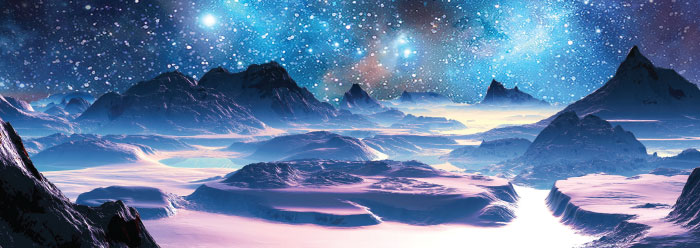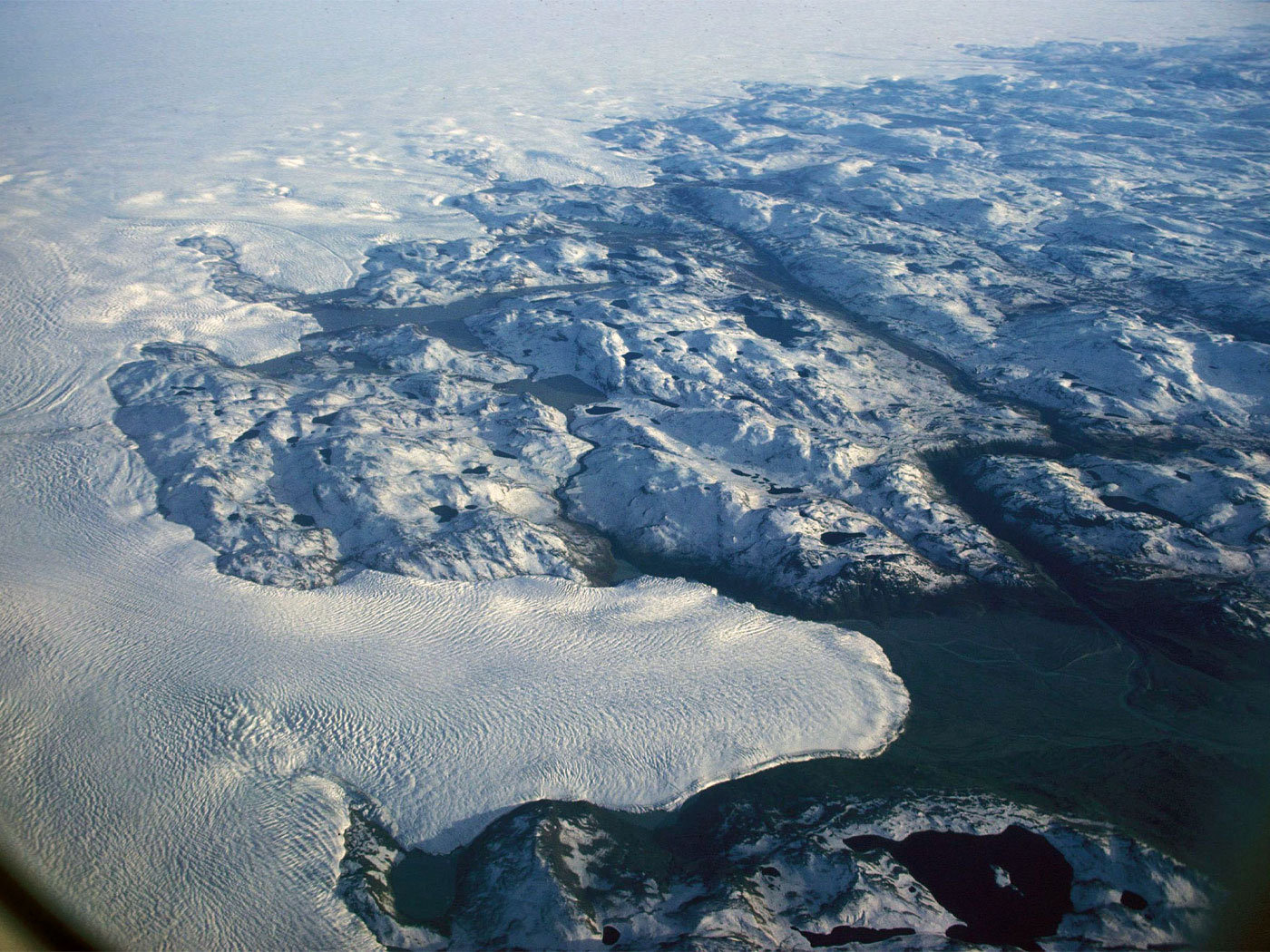There seems to be a clear explanation for the Ice Age, one that may answer the mystery of post-Flood animal migration.1 The Bible tells us that after the Flood humans stayed near the Tower of Babel for several generations, disobeying God’s command to fill the earth.2 Meanwhile, the animals on the Ark had already fulfilled God’s command to “abound on the earth, and be fruitful and multiply.”3 But just how did the animals, and the large mammals in particular, get to the individual continents after the floodwaters receded?
Land Bridges
The answer seems to be land bridges. Dry land migration routes could have facilitated the movement of large animals from the Ark to remote continents. The Ice Age after the Flood provided just such an opportunity. Water stored in massive ice sheets would have temporarily lowered sea levels by 200 to 280 feet below today’s level.4,5 The resulting land bridges would have made pathways for animals to simply walk to the major continents.
The timing of the Ice Age was no accident. Michael Oard calculated that the glacial maximum and the simultaneous maximum drop in sea level could have been achieved within 500 years after the Flood from high ocean temperatures and a late- Flood and post-Flood period of intense volcanic activity.6 This timing coincides nicely with the “division” of the earth that occurred during the days of Peleg.7
Oard also calculated that the ice causing the Ice Age could rapidly melt away. He estimated that it probably took less than 200 years to completely melt back the continental ice sheets.8 Exactly how long the ice sheets endured after their formation is unknown. Once the ice melted, the sea level would have immediately risen, flooding the land bridges and closing this opportunity for intercontinental migration.
Man’s Disobedience
After the Flood, mankind remained in the Middle East at “a plain in the land of Shinar,” building the Tower of Babel.9 This was in direct disobedience to God’s post-Flood command to “be fruitful and multiply, and fill the earth.”10 God had to divide and scatter the people by confounding their languages so that they would not miss the temporary land bridge opportunity for migration. God’s timing was perfect, since it may have taken several generations for humans to migrate to the Bering Sea land bridge from central Asia.
Conclusion
The lowering of sea levels and the creation of land bridges was necessary to provide migration pathways for large animals and humans. Maximum ice volume was achieved at the same time migration pathways were needed to travel from the Ark’s landing site to distant continents that are now separated by water. After the oceans had cooled sufficiently and the volcanic activity began to wane, the ice sheets quickly melted and the land bridges disappeared beneath the rising ocean waters, effectively ending the migration. God likely used this narrow window to scatter humans and animals across the globe, effectively repopulating the earth after the Flood’s destruction.
References
- Much of the content for this article is based on Clarey, T. L. 2016. The Ice Age as a mechanism for post-Flood dispersal. Journal of Creation. 30 (2): 54-59.
- Genesis 9:1, 11:9; Snelling, A. A. and M. Matthews. 2013. When Was the Ice Age in Biblical History? Answers. 8 (2): 46-52.
- Genesis 8:17.
- Holt, R. D. 1996. Evidence for a late Cainozoic Flood/post-Flood boundary. Journal of Creation. 10 (1): 128-167.
- Wicander, R. and J. S. Monroe. 2013. Historical Geology, 7th ed. Belmont, CA: Brooks/Cole, Cengage Learning.
- Oard, M. 2004. Frozen in Time. Green Forest, AR: Master Books. See also Hebert, J. 2013. Was There an Ice Age? Acts & Facts. 42 (12): 20.
- Genesis 10:25; Morris III, H. M. 2016. The Book of Beginnings, Dallas, TX: Institute for Creation Research., 344-346.
- Oard, Frozen in Time.
- Genesis 11:1-4.
- Genesis 9:1.
* Dr. Clarey is Research Associate at the Institute for Creation Research and earned his Ph.D. in geology from Western Michigan University.






















